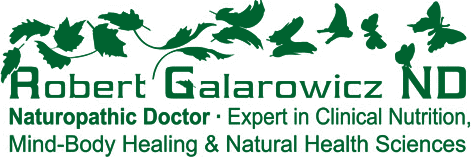Swedish Teens with More Folic Acid in Diet Show Better Grades
Click Here for Childrens Holistic Health Services
A small study conducted with Swedish teenagers has shown that those whose diets had more folic acid (a B vitamin) got better school grades than others with lower folic acid levels. The research was published in the journal Pediatrics. This should not prompt US parents to add folic acid to their kids’ diets, however, says Deborah O’Connor, a nutrition researcher at the University of Toronto and the Hospital for Sick Children in Ontario, Canada, who was not involved with the Swedish study.
“There is very little deficiency of folic acid in North America,” she explained. “If you’re already sufficient, there is not a lot of evidence that taking more supplements will help.” She said that it may be that the Swedish kids were folic acid-deficient, with levels lower than that typical for North American children.
Because folic acid deficiency in pregnant women can cause serious birth defects, folate enrichment of various common foods is prevalent throughout North America, meaning that most of the population is thought to be getting enough. Folates occur naturally in green leafy vegetables and legumes like peas and beans.
Dr. Torbjorn Nilsson of Orebro University Hospital and his team say that the Swedish study breaks some new ground in explicitly looking at school achievement as related to folate in the diet. Sweden was not requiring folate fortification during the study period, and the subjects did not use supplements to any significant degree.The project followed 386 ninth graders at the end of the school year, and tabulated their grades from ten core classes as well as the amount of folate in their diets.
Those who were in the top 1/3 for folic acid consumption (more than 253 mcg/day for the girls, 335 mcg/day for the boys) scored average grades of 139 out of a possible 200. The students in the bottom third (less than 173 mcg/day for girls, 227 for boys) showed an average of just 120. These results were not affected when researchers accounted for gender, smoking, maternal education, and the schools attended.
Debra O’Connor said that the findings are “pretty significant”, although she cautioned that studies of this type don’t address other possible causative factors. “It’s not a randomized controlled trial, so you always wonder, are there other things going on that you weren’t able to control for? Like most studies, it probably raises more questions than it answers.”
The Institute of Medicine’s “Dietary Reference Intakes” lists the U.S. recommended levels for children 9 to 13 years as 300 mcg per day from food and supplements, 400 mcg/day for children 14 and above, and 600 mcg/day for pregnant women.
SOURCE: bit.ly/cxXOG Pediatrics, online July 11, 2011.
Offering phone consultations for people in North Carolina and the counties of Asheville Burlington NC Cary NC Chapel Hill Charlotte NC Concord NC Durham Fayetteville Gastonia Goldsboro Greensboro NC Greenville Hickory High Point NC Huntersville NC Jacksonville Kannapolis Monroe NC Raleigh Rocky Mount Salisbury NC Wilmington NC Wilson Winston-Salem


